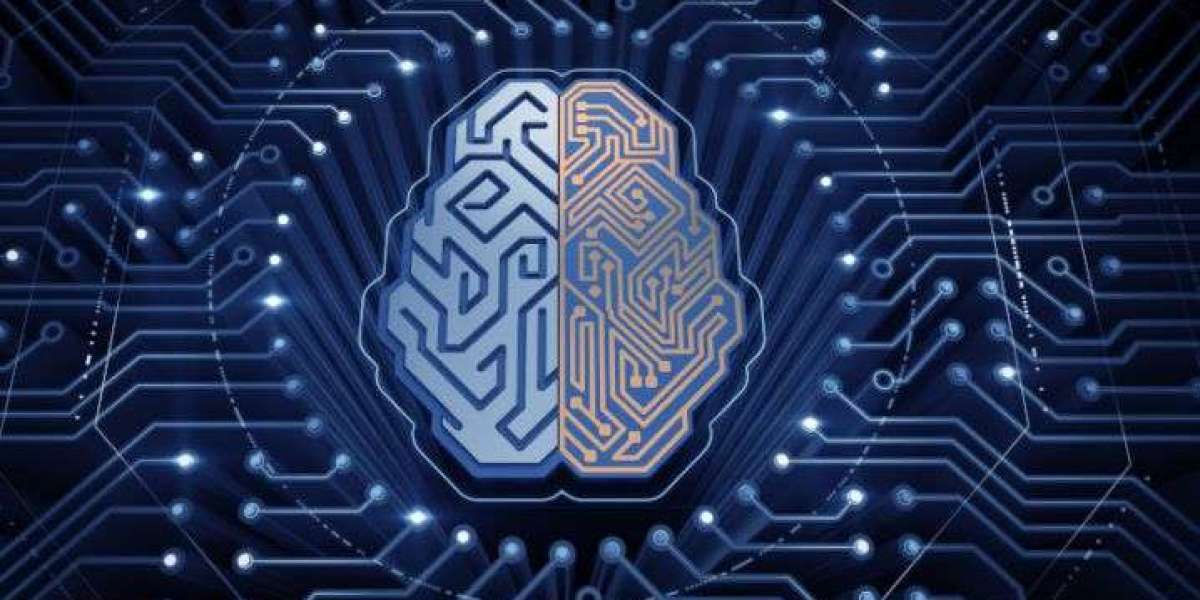Introduction
In a groundbreaking leap at the intersection of quantum physics and biology, new research led by Dr. Philip Kurian and his team at Howard University’s Quantum Biology Laboratory suggests that the brain — and possibly all living systems — may operate using quantum processes. This discovery has the potential to revolutionize not only our understanding of consciousness but also the way we approach artificial intelligence and neurological diseases.
At the heart of this astonishing theory is an unassuming molecule: tryptophan. Commonly known for its role in sleep regulation and serotonin production, tryptophan may have a far deeper function within our cells — acting as a biological conduit for quantum superradiance.
---
What Is Quantum Superradiance?
In quantum physics, superradiance is a phenomenon where atoms or molecules emit light collectively in a highly coordinated manner, producing an intense, fast burst of energy. It’s a phenomenon typically seen in controlled laboratory conditions, often involving cold atoms or carefully isolated systems.
Dr. Kurian’s team has discovered that networks of tryptophan molecules, embedded in cellular structures such as microtubules, centrioles, and neuron bundles, can exhibit ultraviolet superradiance — even in the warm, noisy environment of a living cell. This means that quantum effects, previously believed to be too fragile to survive in biological systems, are not only present but may be functionally significant.
---
The Brain as a Biological Quantum Computer?
The implications are staggering. If microtubules within neurons can channel quantum signals, the brain may not be limited to the relatively slow chemical and electrical signaling traditionally associated with neural processing. Instead, it may be capable of processing information billions of times faster using quantum coherence.
This aligns closely with the controversial Orch-OR (Orchestrated Objective Reduction) theory proposed by physicist Sir Roger Penrose and anesthesiologist Stuart Hameroff, which has long suggested that quantum computations in microtubules give rise to consciousness.
Though long criticized as speculative, Kurian’s research now offers experimental evidence that supports a core aspect of that theory — the feasibility of quantum information processing in the brain’s cellular architecture.
---
A New Chapter in Neuroscience and Medicine
In a follow-up study published in Frontiers in Physics in August 2024, Kurian’s team explored another biological structure — amyloid fibrils — which are associated with Alzheimer's disease. They found that these fibrils display even stronger quantum superradiant properties than microtubules.
This finding suggests a potential link between quantum dysfunction and neurological diseases, opening up a whole new area of medical research. If consciousness and cognitive health are tied to the integrity of quantum networks in the brain, future therapies might involve stabilizing or enhancing these processes at the molecular level.
---
Beyond the Brain: Life as a Quantum System
Tryptophan is not unique to the brain. It is present throughout the body and in many living organisms. This raises an even broader question: Could all life be governed by quantum coherence?
Kurian and his colleagues believe that these tryptophan-based superradiant networks may exist across many biological structures, making them a universal feature of life. In this view, cells don’t merely operate as chemical machines; they might function as biological quantum computers, capable of complex, ultrafast information processing at the subatomic level.
Such a model could rewrite our understanding of evolution, adaptation, perception, and even free will.
---
A Catalyst for the Next Generation of AI
One of the most exciting implications of this research is its potential impact on artificial intelligence. If the brain’s computational power arises from quantum principles, then current AI systems — which are modeled on classical neural networks — may be operating on a vastly limited paradigm.
By studying these quantum biological systems, scientists may develop quantum-enhanced AI that mimics the brain’s natural architecture. This could pave the way for machines with more human-like reasoning, self-awareness, or empathy — or even lead to an entirely new class of quantum consciousness.
---
The Road Ahead
Of course, this research is still in its early stages. While the evidence for quantum coherence in biological structures is mounting, translating these findings into a complete model of consciousness or AI will require further exploration, experimental validation, and collaboration across disciplines.
Still, the implications are too big to ignore. If Kurian’s work continues to hold up under scrutiny, it could mark the beginning of a paradigm shift — from viewing life as purely chemical and mechanical, to something infinitely more subtle, intelligent, and interconnected.
For now, the idea that your thoughts, memories, and awareness may arise from shimmering ultraviolet waves dancing across microscopic protein highways might sound like science fiction. But it is quickly becoming one of the most compelling scientific possibilities of our time.









Meril Jeffery John 23 u
Interesting ..